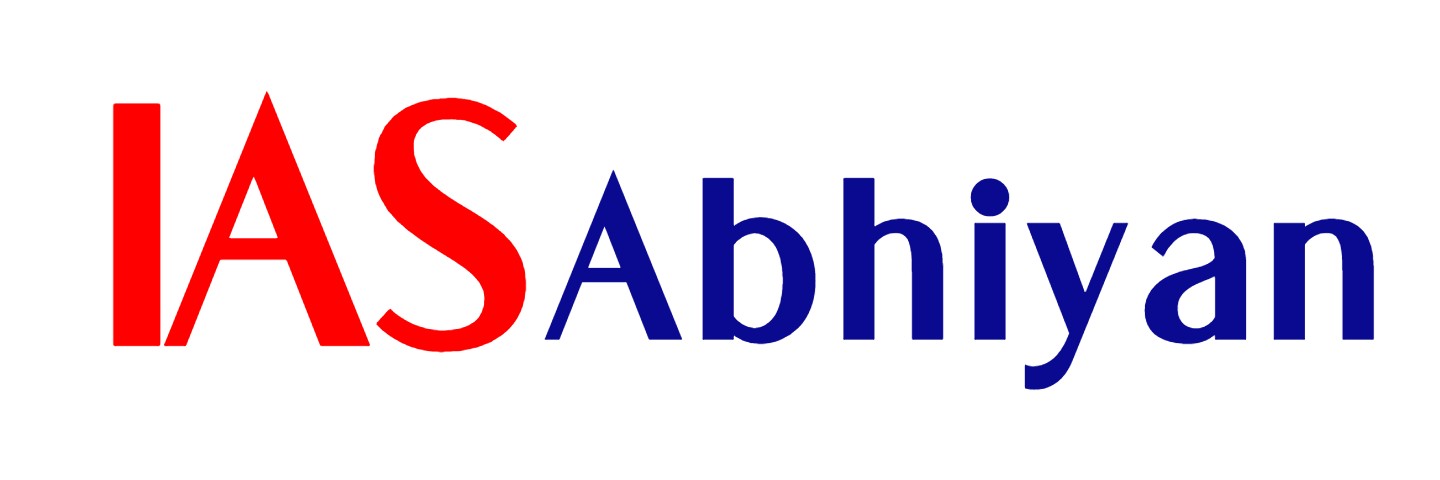Context
- Recently, the Centre has decided to go ahead with the long-pending 850-megawatt Ratle Hydroelectric Project on the river Chenab in J&K Kishtwar district, despite objections raised by the Pakistan government over the same.
About Ratle Hydroelectric Project
- It is a run-of-the-river hydroelectric power station currently under construction on the Chenab River, downstream of the village near Drabshalla in Kishtwar district of the Indian UT of Jammu and Kashmir.
- The project includes a 133 m (436 ft) tall gravity dam and two power stations adjacent to one another.
- The installed capacity of both power stations will be 850 MW.

- In June 2013, then PM Manmohan Singh laid the foundation stone for the dam.
- Pakistan has frequently alleged that it violates the Indus Water Treaty.
Back to Basics
Indus Water Treaty
- The Indus Waters Treaty is a water-distribution treaty between India and Pakistan, brokered by the World Bank signed in Karachi in 1960.
- The Treaty gives control over the waters of the three “eastern rivers” — the Beas, Ravi and Sutlej with a mean annual flow of 33 million acre-feet (MAF) — to India, while control over the waters of the three “western rivers” — the Indus, Chenab and Jhelum with a mean annual flow of 80 MAF — to Pakistan.
- The treaty allowed India to use western rivers water for limited irrigation use and unrestricted use for power generation, domestic, industrial, and non-consumptive uses such as navigation, floating of property, fish culture, etc. while laying down precise regulations for India to build projects
- India has also been given the right to generate hydroelectricity through the run of the river (RoR) projects on the Western Rivers which, subject to specific criteria for design and operation is unrestricted.
- Both countries agreed in the treaty to exchange data and co-operate in the optimum use of water from Indus System of Rivers. For this purpose, treaty creates the Permanent Indus Commission, with a commissioner appointed by each country. It would follow the set procedure for adjudicating any future differences and disputes arising over implementation or interpretation of the treaty.
